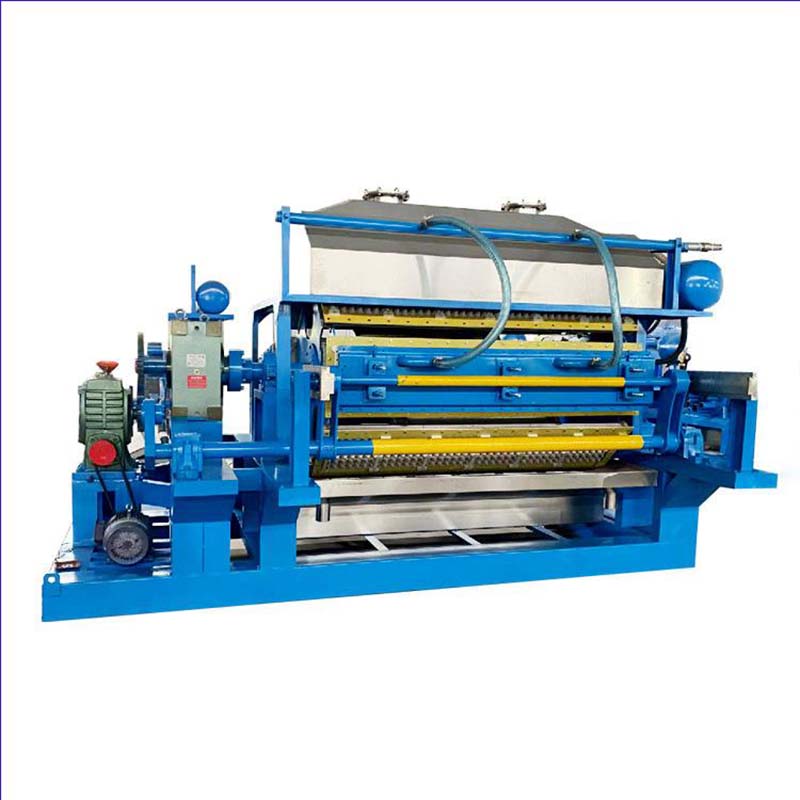Self-Propelled Feed Mixer for Efficient Farm Operations and Enhanced Livestock Nutrition
Nov . 08, 2024 09:57 Back to list
Self-Propelled Feed Mixer for Efficient Farm Operations and Enhanced Livestock Nutrition
The Advantages of Self-Loading Feed Mixers
In the agricultural industry, the efficiency of feeding livestock plays a crucial role in optimizing production and reducing operating costs. One of the most innovative solutions in this area is the self-loading feed mixer. This advanced piece of equipment revolutionizes the way farmers prepare and distribute feed, offering numerous benefits that can enhance farm efficiency and productivity.
What is a Self-Loading Feed Mixer?
A self-loading feed mixer is a specialized machine designed to automatically load, mix, and dispense feed for livestock. Unlike traditional feed mixers that require manual loading of feed components, self-loading models come with built-in loading arms or buckets that can gather various feed ingredients directly from storage areas. Once the feed is loaded, the mixer blends the ingredients thoroughly, ensuring a consistent feed mixture. The final step involves discharging the feed into troughs or feeding areas with precision and ease.
Key Benefits
1. Time Efficiency Self-loading feed mixers significantly reduce the time spent in feed preparation. Farmers no longer need to spend valuable hours manually loading ingredients. The automated loading process ensures that feed is prepared quickly, allowing farmers to focus on other essential tasks around the farm.
2. Labor Savings With the automation of feed loading and mixing, the need for multiple workers to complete the feeding process is minimized. This not only saves on labor costs but also alleviates the stress of managing a larger workforce. Farmers can operate the self-loading mixer with fewer personnel, resulting in a more streamlined operation.
self loading feed mixer

3. Consistency in Feed Mixture A self-loading feed mixer ensures uniform mixing of feed components. Consistent feed quality is crucial for livestock health and productivity. By providing a well-mixed diet, farmers can ensure that all animals receive the same nutritional benefits, promoting overall herd health and productivity.
4. Flexibility and Versatility These mixers can handle a wide range of feed types and can be adjusted to accommodate varying feed formulations. Whether it's grains, silage, or additives, self-loading feed mixers can be customized to meet the specific dietary needs of different livestock. This versatility allows farmers to make quick changes to the feed mixture based on the nutritional requirements of their animals.
5. Better Utilization of Feed Ingredients The precision with which self-loading mixers blend ingredients reduces feed waste. By ensuring that all components are evenly distributed, farmers can maximize the use of all feed ingredients, which in turn can contribute to cost savings and improved profitability.
6. Improved Animal Health The consistent and accurate mixing of feed helps prevent nutritional deficiencies that can arise from uneven feeding. Healthier animals tend to have better growth rates, higher milk production, and improved reproductive performance, ultimately enhancing the farm's output.
Conclusion
Self-loading feed mixers are transforming the landscape of livestock management. By incorporating this advanced technology into their operations, farmers are experiencing time and labor savings, increased feed consistency, and enhanced overall productivity. As the agricultural sector continues to evolve with technology, it's clear that self-loading feed mixers will play a key role in shaping the future of sustainable and efficient farming practices. For any farmer looking to optimize their feed management system, investing in a self-loading feed mixer is a step towards greater efficiency and profitability.
-
Hot Sale 24 & 18 Door Rabbit Cages - Premium Breeding Solutions
NewsJul.25,2025
-
Automatic Feeding Line System Pan Feeder Nipple Drinker - Anping County Yize Metal Products Co., Ltd.
NewsJul.21,2025
-
Automatic Feeding Line System Pan Feeder Nipple Drinker - Anping County Yize Metal Products Co., Ltd.
NewsJul.21,2025
-
Automatic Feeding Line System - Anping Yize | Precision & Nipple
NewsJul.21,2025
-
Automatic Feeding Line System - Anping Yize | Precision & Nipple
NewsJul.21,2025
-
Automatic Feeding Line System-Anping County Yize Metal Products Co., Ltd.|Efficient Feed Distribution&Customized Animal Farming Solutions
NewsJul.21,2025






